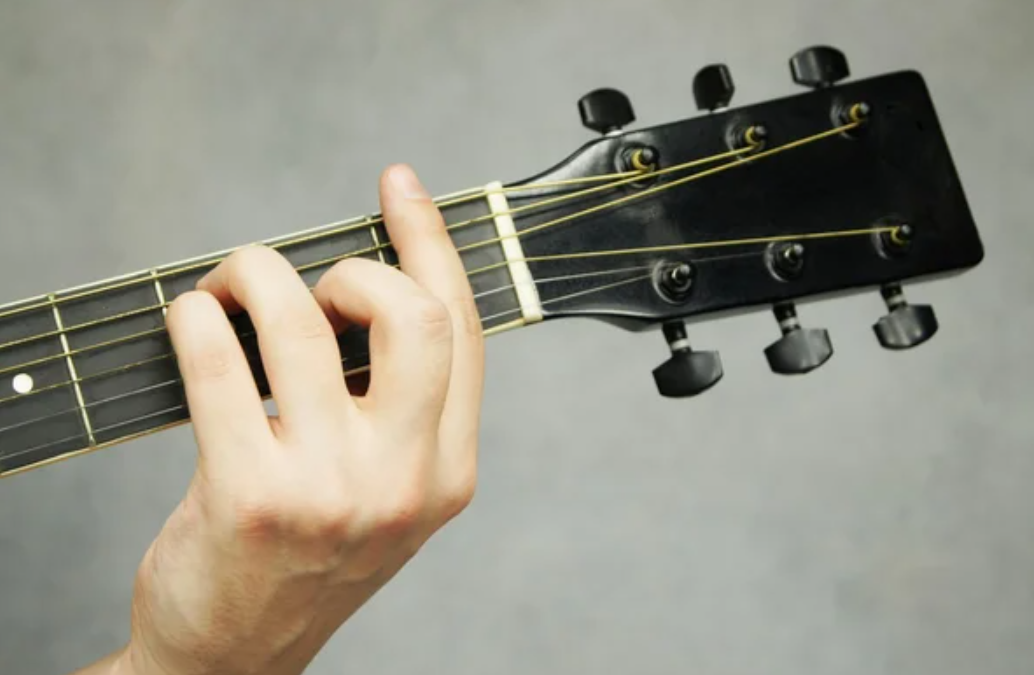
Tom Petty and The Heartbreakers mastered the art of making simple music sound profound. Their approach cuts through decades of guitar excess to reveal what actually matters: memorable hooks, dynamic control, and songs that stick. “Breakdown” serves as the perfect case study—three chords that somehow contain more soul than most albums. You don’t need complicated theory or expensive gear to unlock these secrets. You just need to listen closely and play with intention.
8. Dynamic Control Through Touch

“Breakdown” proves that constraint breeds creativity. The song revolves around A minor, G major, and F—that’s it. Most rock hits use fewer than six chords, but Petty stripped it down even further.
This minimalist approach forces you to focus on what matters: groove, dynamics, and melodic phrasing. When you can’t hide behind chord complexity, every strum and accent becomes crucial.
7. Understanding Relative Key Relationships

While “Breakdown” centers on A minor, it technically operates in C major. The song uses the vi-V-IV progression (Am-G-F in C major). This creates that haunting, unresolved feeling. Notice how the song avoids the expected C chord entirely. This harmonic ambiguity gives “Breakdown” its distinctive tension—dark enough for introspection, bright enough for radio.
6. Mike Campbell’s Tone Philosophy

Mike Campbell‘s secret weapon isn’t expensive gear—it’s restraint. He favors small Fender combo amps: Champs, Princetons, and Deluxes. Low gain lets subtle playing nuances emerge.
This approach values clarity over volume. When you reduce distortion, every finger movement becomes audible. Your touch shapes tone as much as amp settings.
5. Dynamic Control Through Touch

How you attack the strings changes everything. Campbell masterfully blends pick and fingerstyle playing within the same song. The opening lick of “Breakdown” showcases this delicate finger technique.
Try this: Play the Am-G progression for five minutes focusing only on pick attack variations. Start gentle, then add aggression. Notice how your hands become volume and tone controls.
4. Making Every Note Count

“Breakdown’s” guitar solos stay within A minor pentatonic, yet they’re instantly memorable. Campbell doesn’t waste notes or show off technical skills. Each phrase serves the song’s emotional arc.
This “less is more” philosophy challenges modern guitar culture. Space between notes matters as much as the notes themselves. Silence creates tension that flashy runs can’t match.
3. Groove Over Perfection

The song’s magic comes from subtle timing variations—the human push and pull that makes music breathe. Perfect quantization kills the soul.
Practice with the original recording to internalize these micro-timings. Notice how the band slightly rushes certain beats while laying back on others. This creates forward motion without losing the pocket.
2. Soloing Through Active Listening

Campbell‘s leads work because he listens before he plays. Each solo responds to the song’s needs rather than showcasing personal technique. This requires patience and musical maturity.
Deconstruct the “Breakdown” solos note by note. Notice the strategic use of slides, hammer-ons, and rests. These techniques add character without cluttering the melodic line.
1.Expanding Within Limitations

Once you master the basic three-chord loop, experiment with adding the IV chord (F to C progression). This creates harmonic movement while maintaining the song’s essential character.
The A minor pentatonic scale provides endless melodic possibilities within this simple framework. Limitations become launching pads for creativity when you embrace them fully.





















